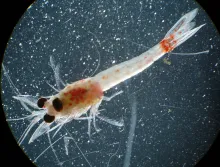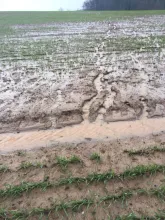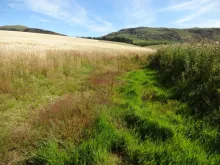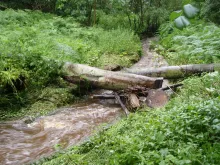Methods for controlling or eradicating aquatic invasive species
This report covers control measures for 13 high or moderate impact, and one ‘alarm’ species on the UKTAG list that were not covered by the Aldridge report for Natural England. It draws information from published and unpublished literature, listed best practices, technical reports, unpublished reports, project websites and expert knowledge. For each species, a report was written to present essential background information about the ecology and biology of the species. This is followed by a list of invasion pathways and known techniques to limit further spread.




